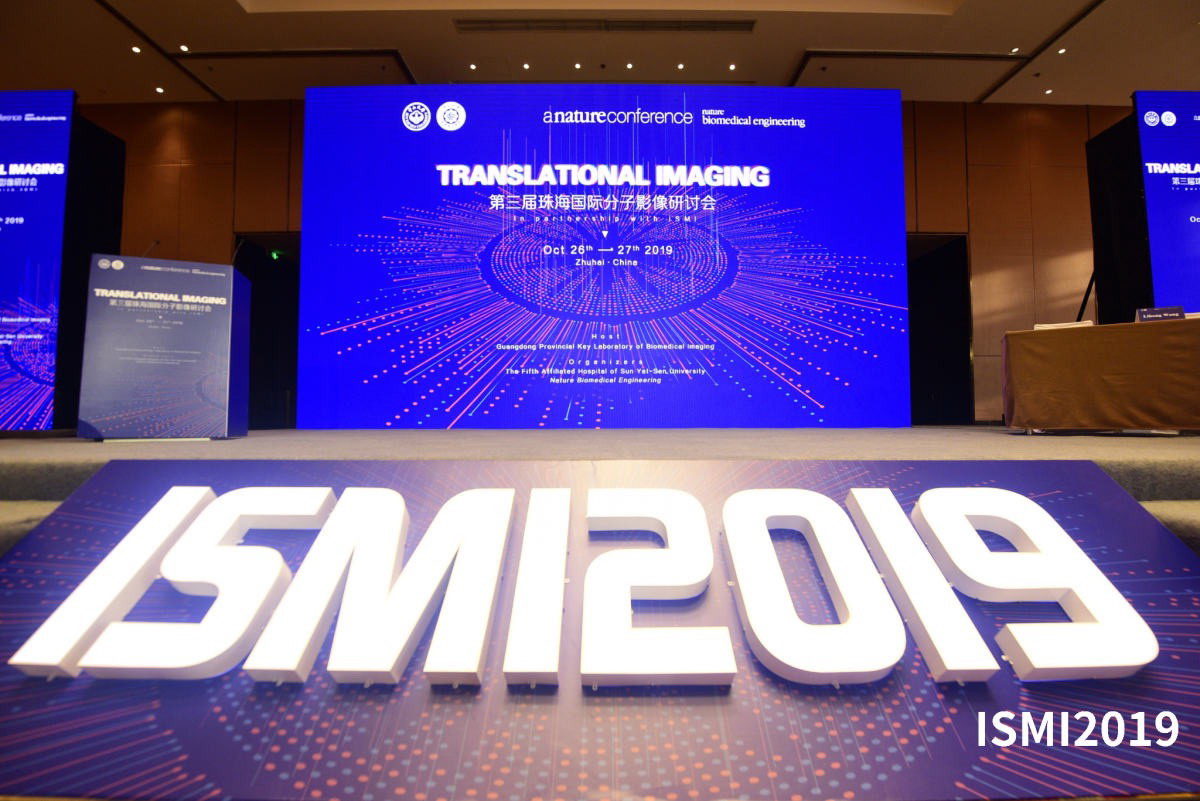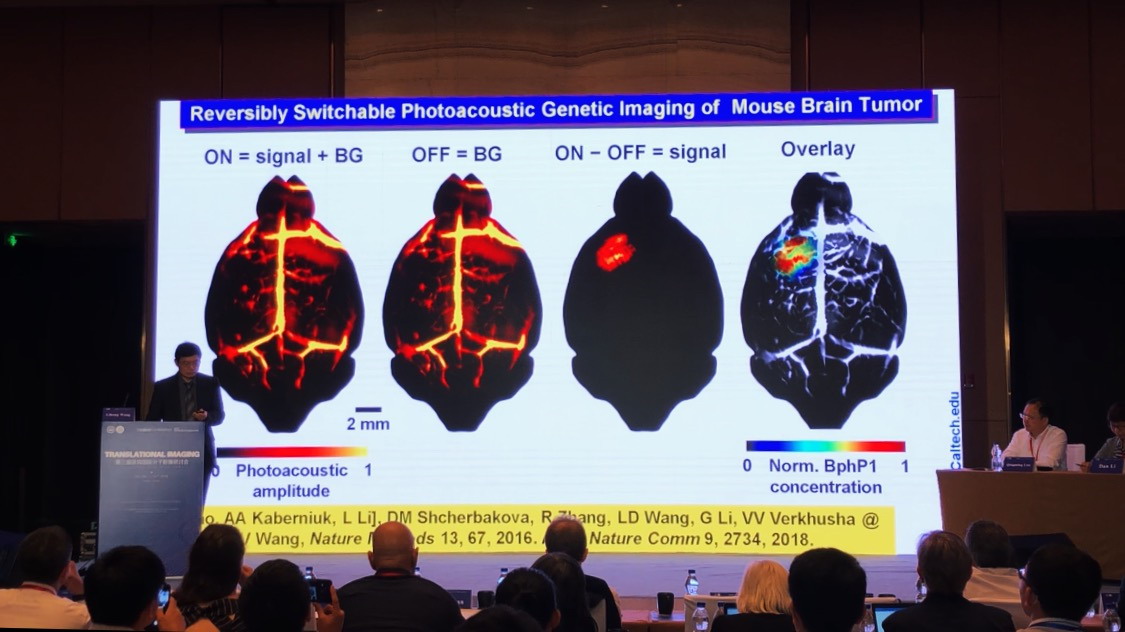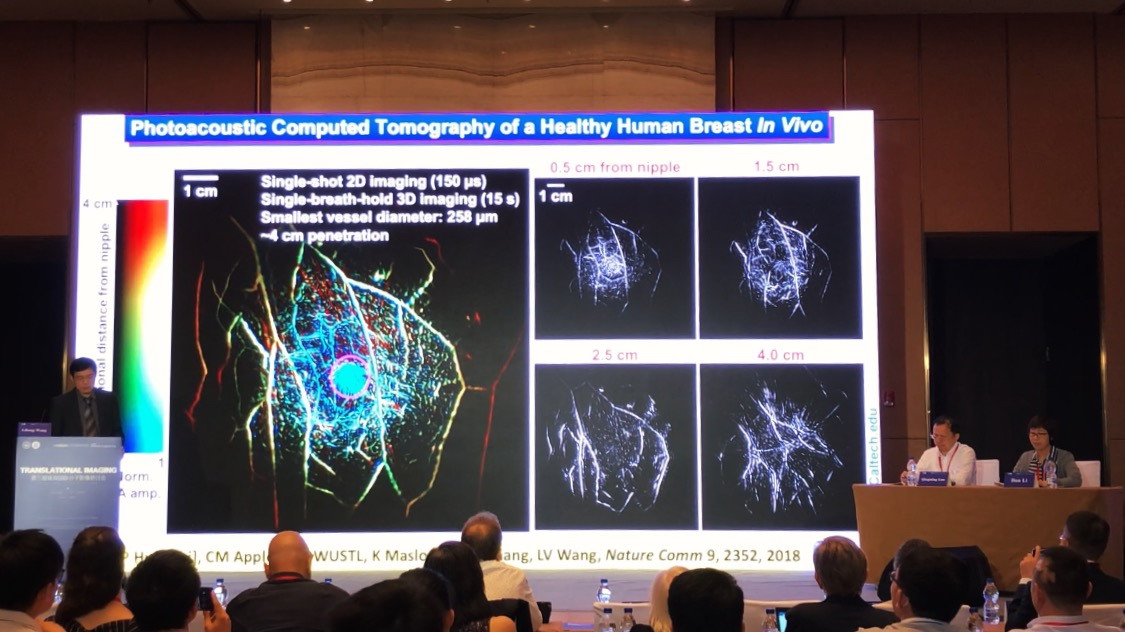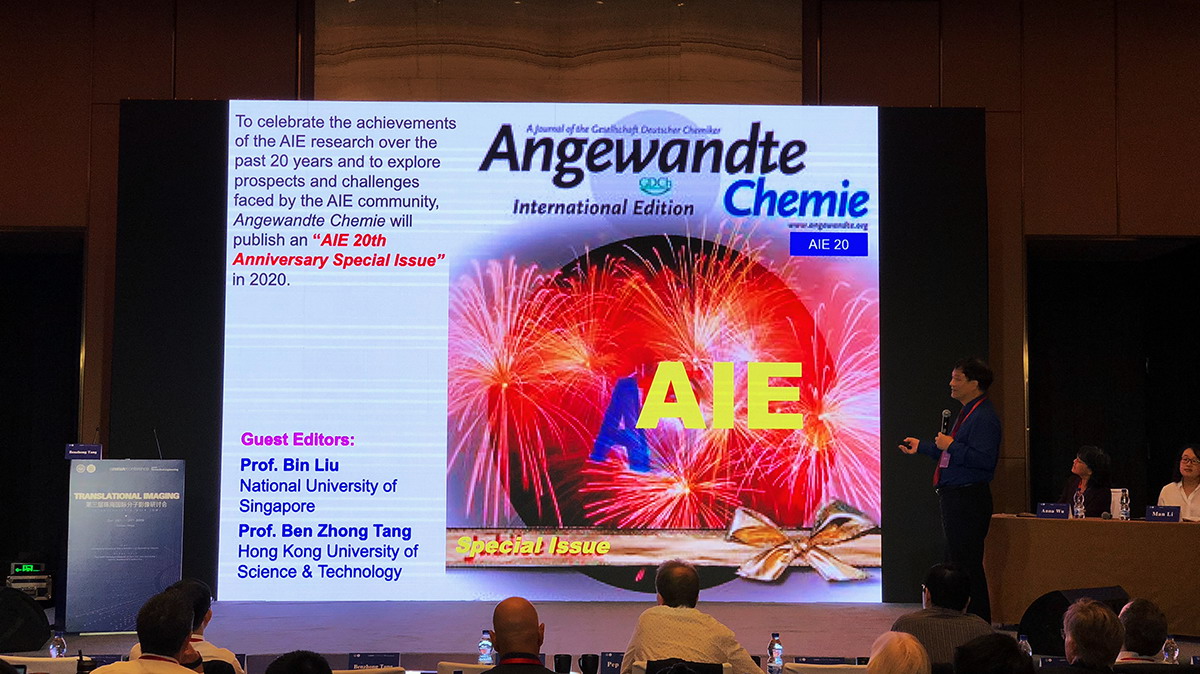[Academic Conference] The 3rd Zhuhai International Molecular Imaging Symposium was successfully held

October 26-27, the 3rd Zhuhai International Molecular Imaging Seminar, co-organized by the Fifth Hospital Affiliated to Sun Yat-sen University, Guangdong Provincial Key Laboratory of Biomedical Imaging, and one of the most authoritative international academic journals "Nature-Biomedical Engineering" meeting. This seminar focuses on the most cutting-edge scientific research results in the field of international diagnostic imaging technology. The theme of the conference is "Translational Imaging".
The conference invited Professor Wang Lihong, academician of the National Academy of Engineering, pioneer of photoacoustic tomography and Monte Carlo simulation photonics, to give a special lecture on new progress and new developments in basic research and clinical application of photoacoustic imaging at home and abroad.


Professor Wang Lihong reported on the latest research progress of photoacoustic imaging technology in clinical breast cancer. The routine breast imaging techniques in clinical practice mainly include digital mammography, ultrasound and MRI, and nuclear medicine examination methods. Using photoacoustic imaging for human breast imaging, without the use of molecular contrast agents, it can display sub-millimeter blood vessels of healthy volunteers with a breast depth of 40 mm, and can obtain breast tissue ion concentration, blood volume and Hb oxygenation Level and other relevant information.

The conference also invited Professor Tang Benzhong, academician of the Chinese Academy of Sciences and father of aggregation-induced emission (AIE), to give an academic report entitled "AIE-based molecular biological applications based on probes". Aggregation-induced luminescence (AIE) refers to a type of photophysical phenomenon in which a class of fluorescent chromophores weakly emit light or even do not emit light in a solution state, but the fluorescence is significantly enhanced in a solid state or an aggregation state. Molecules with AIE characteristics as fluorescent probes can not only allow more AIE probe molecules to bind to biomacromolecules to obtain high-luminance fluorescence in the field of biological detection, but also the characteristics of the sharply brightened fluorescence after aggregation can be used as fluorescence Quantitative basis for enlarged detection. Academician Tang Benzhong showed the application of AIE probe molecules in the field of molecular imaging, and gave the prospect of the design and application of AIE fluorescent probes.


The conference brought together authoritative experts and professors in the field of molecular imaging and biological imaging at home and abroad, focusing on translational imaging, demonstrating the cutting-edge dynamics of medical imaging, and establishing an interdisciplinary dialogue mechanism to promote interdisciplinarity, integration, penetration and integration.









